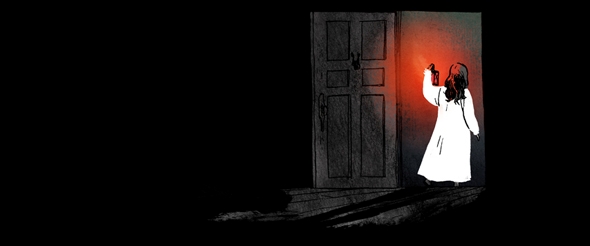Here is a modern tragedy: My hold on Carry On came in at the library this week, so I had to pick it up. But I’m out of town for the next few days, and this book, while not heavy, is THICK. No way I was making room for that. So I have to wait until next week to start it.
My Kindle will always have my back, at least.
Dune is a good book, did you know that? What a surprise! No, really. For some reason I had been put off by it for years, despite it being a book my mom loved (along with many, many other people). But over the holidays I picked it up and suddenly the first page appealed to me. If I were a more morally sound and upstanding person, I would be writing an essay about it. Including some thoughts about the women in it, because while I appreciated that there were significant roles for a few women, I have some unease about how that was executed in the larger story, and the implications of it.
I may have more thinking to do.
In other news, I listened to Modern Romance last week, but only reviewed it this morning:
My rating:💛💛💛💛Â (4/5 heart emojis)
You know what’s great? Having a big ol’ Photoshop project, needing an audiobook to listen to, and something on your “It’d be amazing to listen to this rather than read it, because I know it’s read by someone good” list is immediately available at the library. Thank you, Library Deities. (read full review)
Short things

Look, this is a new Emily Carroll. For some people you already went back up and clicked the link, in some feverish state of excitement. For some of you, I should say: Emily Carroll makes carefully drawn comics of a subtle and effective horror. Over the years I’ve been following her, her work has shifted from dreamlike, fairy tale horror, into horror weighted with a more modern reality, with living, with the discomforts and unease of life. And dreams and fairy tales.
My Father, the Church, And Why I Left — I always like Mindy’s writing. I’m terribly jealous of her ability to write about her life. In some ways I could relate to this essay (growing up in a church and leaving in gradual way) and in some ways our experiences are completely different (obviously! Hi, I grew up as mostly white in the Midwest where every church had a place for someone like me, using my language, focusing on one denomination). What makes this essay great is not church, but family.
But the story of my relationship to Christianity is also the story of my relationship with my dad. Growing up, we were close. We were both sloppy to the great annoyance of my mother. We were handy with languages and musically inclined. And my dad was the one who would listen to my doubts.
Why life is not a thing but a restless manner of being — On the origin of life, and alternate ways of looking at what life is, which I really enjoyed.
In that sense, life isn’t a thing so much as a manner of being, a restless fit of destruction and creation. If it can be defined at all, it is this: life is a self-sustaining, highly organised flux, a natural way that matter and energy express themselves under certain conditions.


